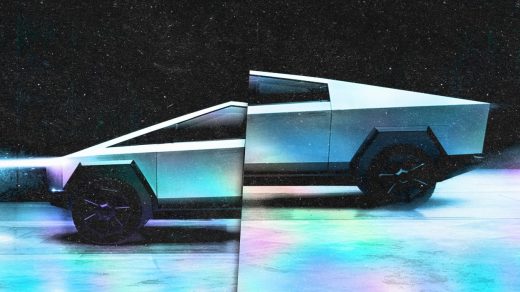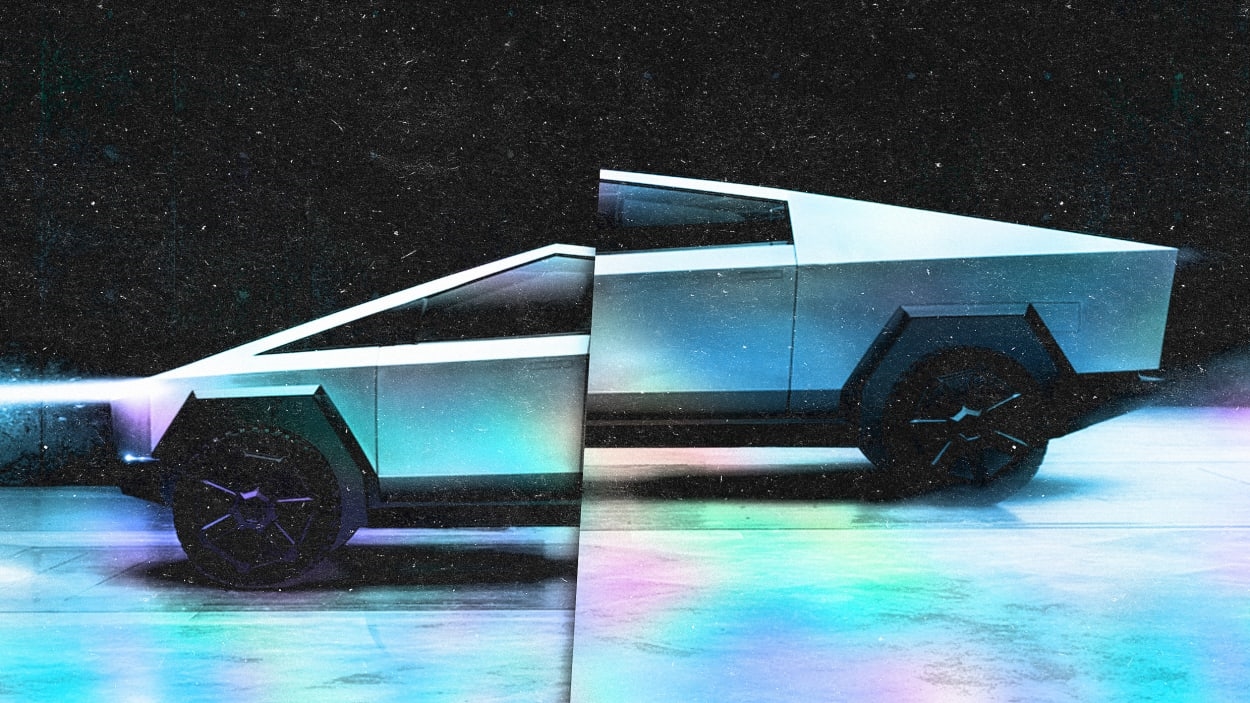The first Cybertruck to roll off the line confirms Tesla’s design problems
The first Tesla Cybertruck recently rolled off the production line at the Giga Texas factory, and eagle-eyed auto industry experts have already spotted one major quality mishap: the front and back passenger doors don’t seem to align. I’m not going to tell you “I told you so,” but the experts and engineers who had concerns over the Cybertruck’s dubious design just might.
This type of alignment problem in Tesla car components is not new. It has been reported multiple times by owners of other Tesla models. These crooked surfaces happen both in the cars’ exterior and interior. That it’s showing up in the first production test of the Cybertruck, after Elon Musk vowed to eliminate the problem back in 2021, is worrying.
You’d think Tesla would have made sure the first unit was picture perfect—not a perfect picture of a classic Tesla imperfection. While a single unit may not be indicative of future quality mayhem, it doesn’t set the right tone.
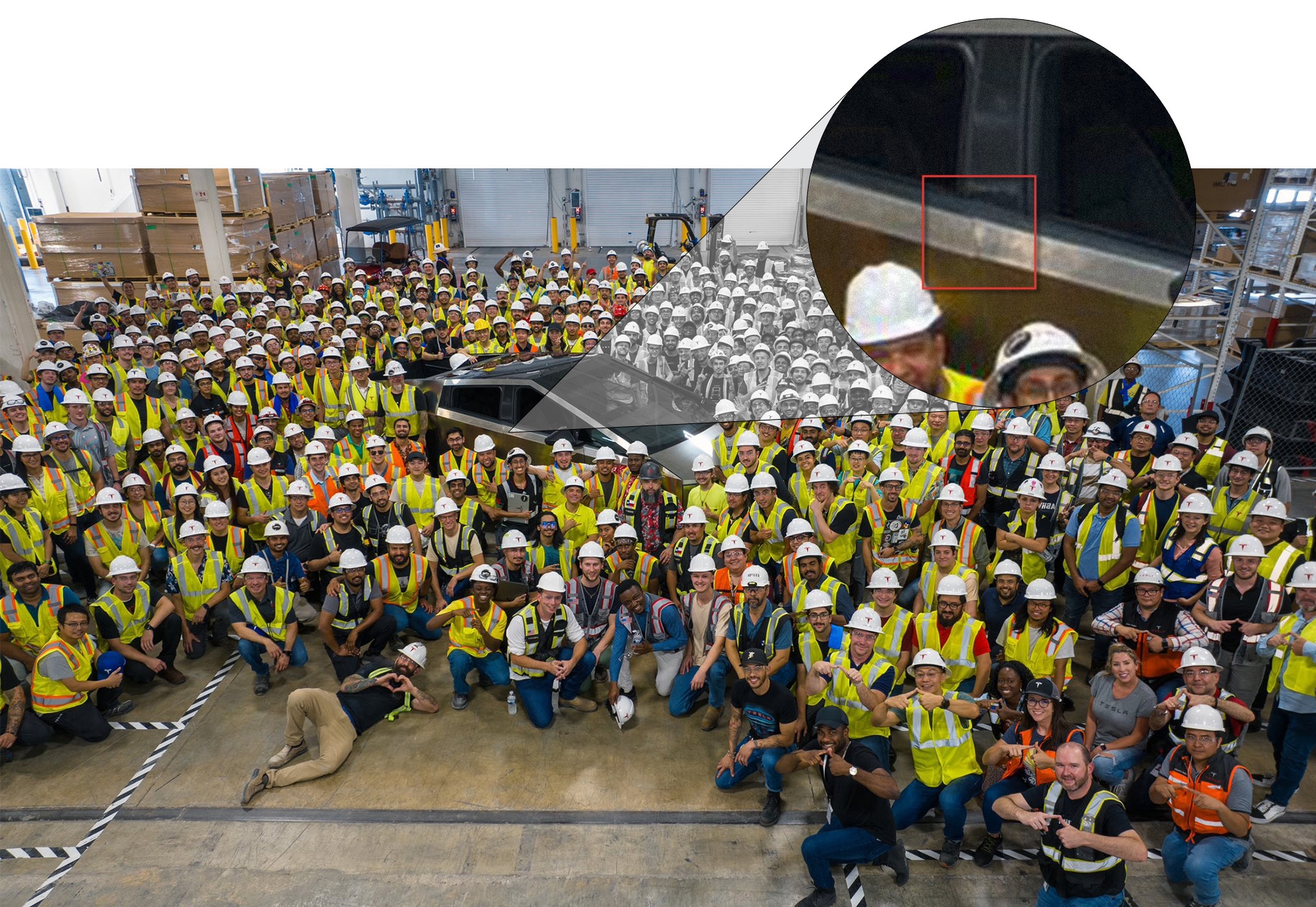
Intense scrutiny
The misaligned doors are just a blip in the ongoing drama around Tesla’s most bizarre and ambitious project. Fumbles have plagued the design and production of the vehicle since its inception, delaying its availability date again and again. Now that the first unit has rolled out with errors, what does that mean for its new target of “late 2023?”
While Tesla blamed the supply chain for the delays, Adrian Clarke, a car designer who now writes design critiques for the automobile publication The Autopian, told me in January that the original Cybertruck design was plagued with mistakes. He and others in the industry were skeptical the car would ever materialize—at least not without a serious redesign.
An internal report from Tesla in January 2022 confirms that opinion. The document stated that the preproduction Cybertruck had basic design flaws including issues with its cooling system, chassis, and body. In addition, the analysis indicated that the vehicle did not meet rollover safety standards.
But the biggest thorn in the Cybertruck’s stainless steel side is its proported exoskeleton, which experts have heavily criticized as impossible to make as planned. When Elon Musk unveiled the Cybertruck, he promised a flat steel skin design that would act as an exoskeleton, making the car virtually indestructible and giving it exceptional strength. In an exoskeleton design, the body of the vehicle acts as the supporting structure, whereas regular cars use a unibody chassis for support, overlaying it with the bodywork.
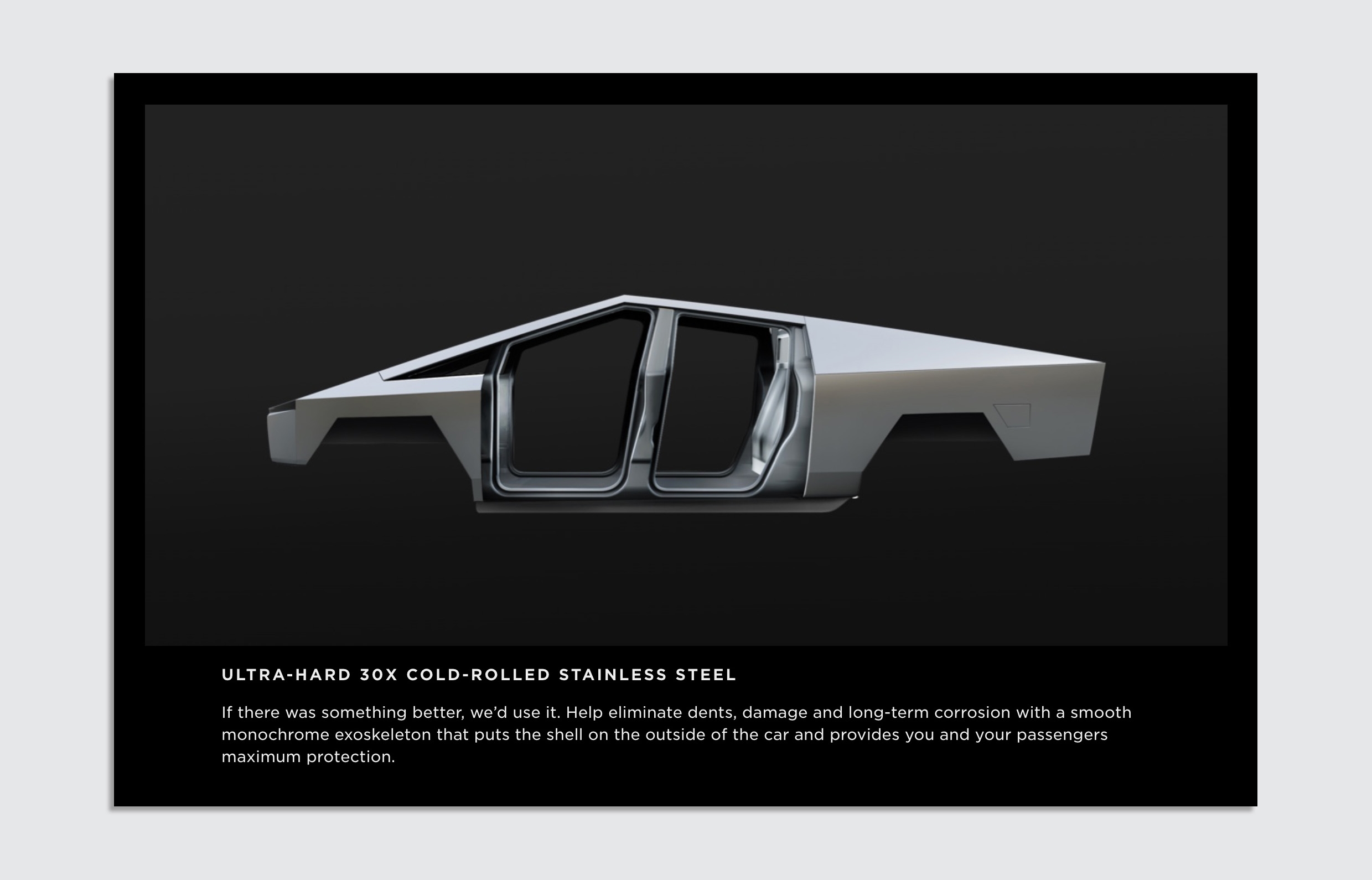
During a May 2023 shareholder meeting, Musk insisted that the Cybertruck will have an exoskeleton build. Car and manufacturing experts disagree. Car expert Cory Steuben pointed out on the famous automotive video blog Munro Live, that the Cybertruck clearly does not have an exoskeleton. According to him, the Cybertruck’s assembly line pictures clearly show a regular unibody chassis, just like the one you would find on “an old Honda Ridgeline or a Model Y.”
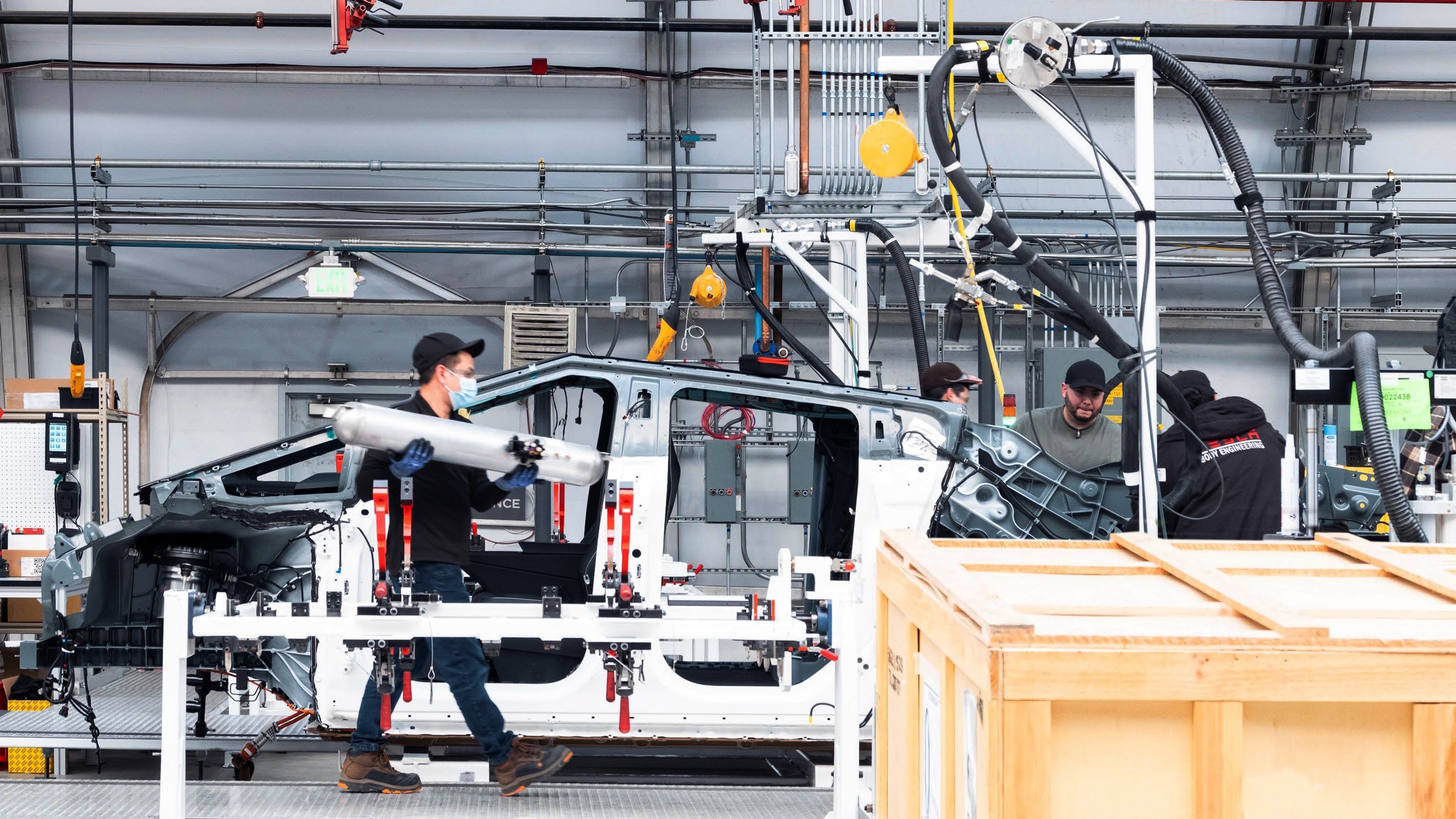
Famed car expert Sandy Munro has said he believes Musk’s conception of the exoskeleton “didn’t work as expected, and the EV maker had to find a workaround,” which has led to production delays (but also a safer vehicle). Musk himself admitted at the May shareholder meeting that the exoskeleton required a revamped production process to build. And as with any new production process, there’s going to be a lot of trial and error.
The doors are closing
Still, the Cybertruck’s alleged quality issues are not the only issues Tesla has faced in recent years. The company has a long history of botched repairs that put Tesla owners’ associations around the world on the warpath. While many people are still fans, there are plenty who feel they have been ripped off.
Some groups—such as these customers in Norway—went as far as to organize hunger strikes to demand that Musk’s company make urgent repairs to clear construction quality mistakes. Failed displays—not certified for automotive applications—prompted a major worldwide recall program that reached as far as China, as well as an investigation by the U.S. National Highway Traffic Safety Administration and the German Federal Motor Transport Authority.
In Spain, thousands of cab drivers opted for the Tesla Model 3 as their work vehicle only to experience plenty of these headaches firsthand, expressing their regrets due to bad battery range and after-sales service.
It’s not a stretch to think that the Cybertruck’s misaligned doors could be a bellwether of future production issues. As Clarke told me back in January, he doubts that Tesla will be able to produce the Cybertruck in any significant number of units due to its design. At this point, it seems unreasonable to think (despite the large number of people who have plunked down a $100 refundable deposit) that the Cybertruck will be able to compete with popular electric pickups from Ford, GMC, and Rivian, which together have already cornered the pickup EV category.
There’s a lot at stake for Tesla and Musk, who in May claimed that Tesla will be producing 250,000-500,000 Cybertrucks per year, depending on demand.
When the next Cybertrucks come off the line, they better not show misaligned doors or any other quality problems like the rest of the models. People are watching—closely—and there’s not much room for error.
(35)

